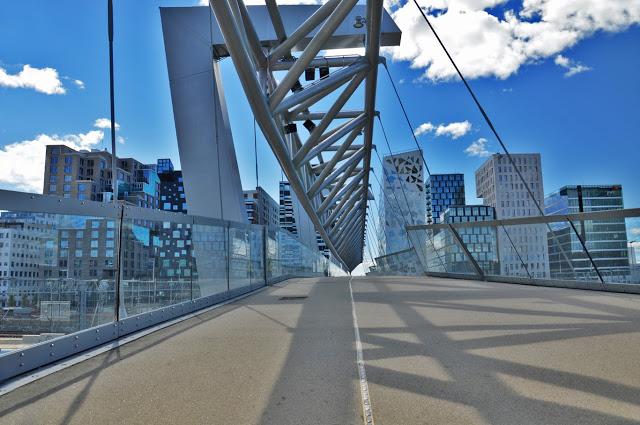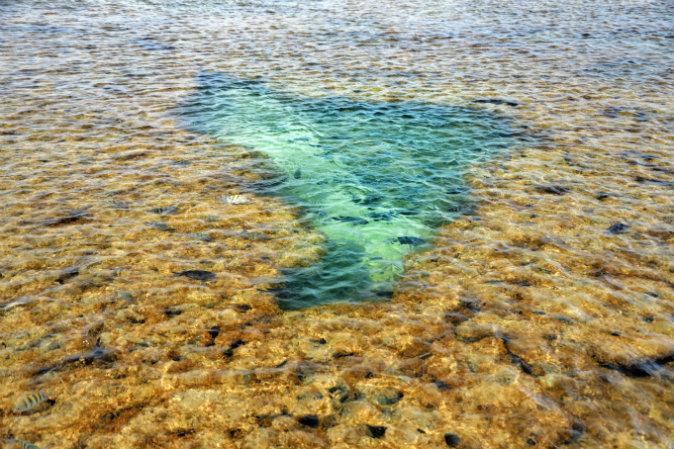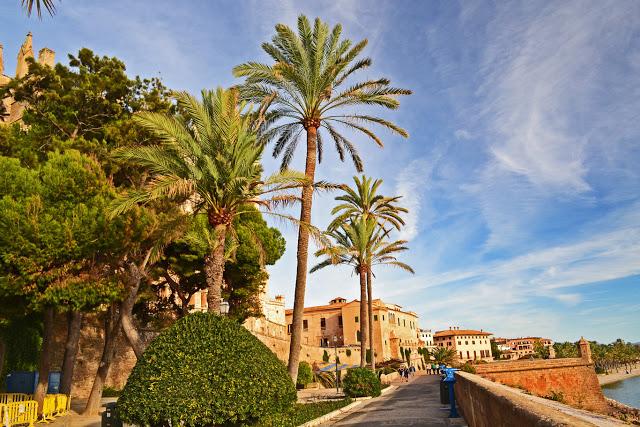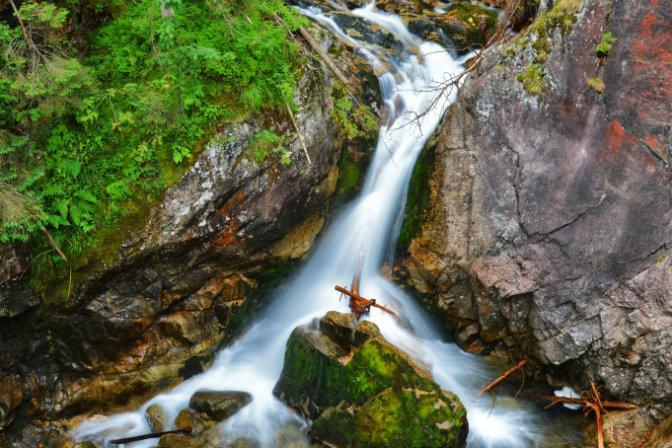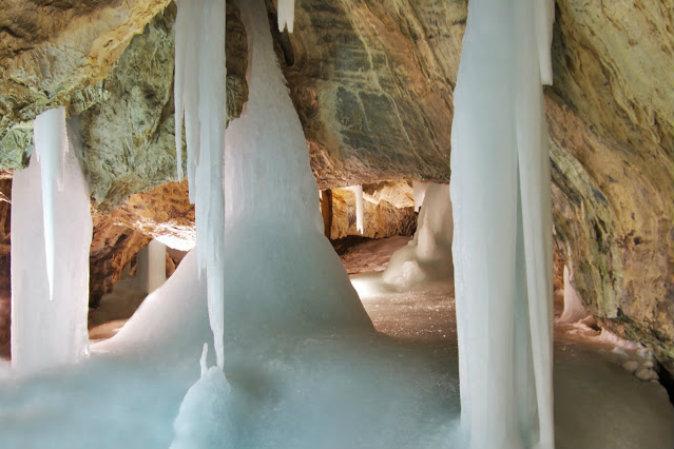Oslo, the capital of Norway is a beautiful and surprising city. Surrounded by water, the old town contrasts with the super-modern center with very original architecture. Oslo is a very pleasant place to visit, especially in the summer time. It’s also the gateway to other attractions in Norway which is becoming more and more popular among tourists from around the world (for example Fjords and the famous Pulpit Rock).
But anyway, if you are in Oslo, you will be surprised how diverse and beautiful the Norway’s capital is and how many things you can actually visit. I was amazed ans astounded while walking down the streets of the city. I came to Norway mainly for the Pulpit Rock and, although I didn’t intend to spend a lot of time in Oslo, it turned out to be a nice surprise (so were other towns in Norway and the countryside). While driving through the country, everything seemed so beautifully planned and arranged. All the houses, gardens, little streets and squares with fountains. No wonder it’s one of the richest (and, unfortunately most expensive) countries in the world.
Is Oslo Expensive?


